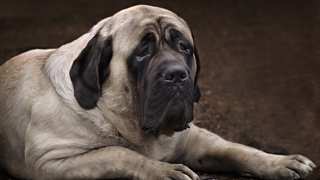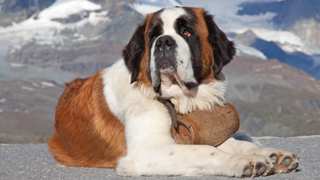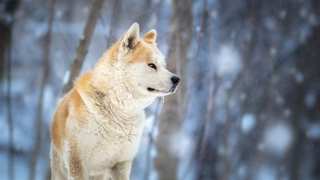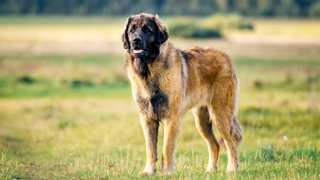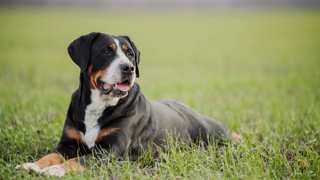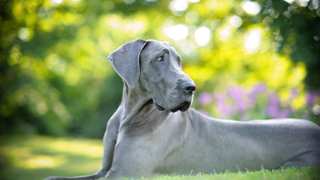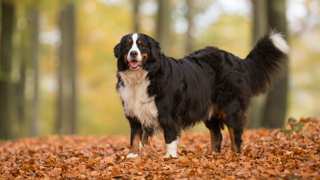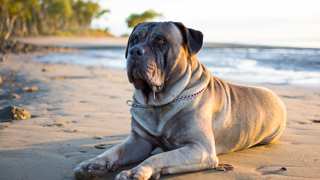Though not an incredibly active breed, Irish Wolfhound exercise is important in keeping these dogs happy and fit. The main thing to keep in mind regarding exercise for your IW is that, because of both their build and their temperament, these dogs will need close supervision when performing physical activities; IW puppies in particular will need to be watched constantly when at play to make sure they don't overexert themselves, which will easily result in injury.
And specifically how much exercise does an Irish Wolfhound need? Depending on its age and overall activity level, a mature IW will require 45-60 minutes of daily activity. IW puppies shouldn't begin proper exercise until six months of age, though brief play periods are okay for pups younger than that. You can begin by taking your six-month-old IW pup for brief (5- to 10-minute) walks, then slowly increasing the walks' length and duration as the puppy grows.
Some precautions to take when exercising your Irish Wolfhound: first, as previously mentioned, puppies need special consideration when it comes to physical activity. Because they grow so fast, these pups are extremely susceptible to injuring their growth plates if they jump or run too much before they're fully grown. An over-exercised IW puppy is highly prone to the development of hip and elbow dysplasia, arthritis, and other joint problems later in life. Beginning with the short walks at six months old, you can lengthen the walks up to two miles by the time the puppy reaches a year in age--but you shouldn't let the young IW participate in any activities that include a lot of jumping and running until the dog reaches its full adult size (usually at 14-16 months).
Regardless of age, a dog of this breed will also need to be leashed when in public. IWs have an exceptionally high prey drive, and will instinctively chase most interesting-looking critters, so they'll need to be carefully controlled while you're out and about. Additionally, it's not a good idea to exercise your IW for an hour before or two hours after the dog eats. IWs have a high risk of bloat, an often-fatal condition caused by air getting trapped in a dog's stomach when it eats too fast; the issue is more prevalent if the dog eats just before or after exercising.
Safeguards aside, it's good to exercise your Irish Wolfhound every single day. A bored or restless IW will turn destructive, disobedient, and generally unhappy, so consistent physical activity is good for both the dog's sanity and your own. Some exercise ideas:
- Walking: Two 20-minute walks per day is a good target
- Fetch: Your IW will love chasing a ball or stick
- Dog Park: These dogs enjoy the company of other dogs; make sure to use a leash
- Swimming: Take the dog for a nice, long swim in a pool or lake on hotter days
- Hiking: Great bonding activity; bonus if you can go in a remote area so the dog can be off-leash
When indoors, it's a good idea to give your Irish Wolfhound access to one or more balls or chew-toys that will allow the dog to burn off pent-up energy. It's also recommended that you establish a consistent daily exercise schedule for your IW, such as walks in the morning and evening and a play period in the afternoon.

